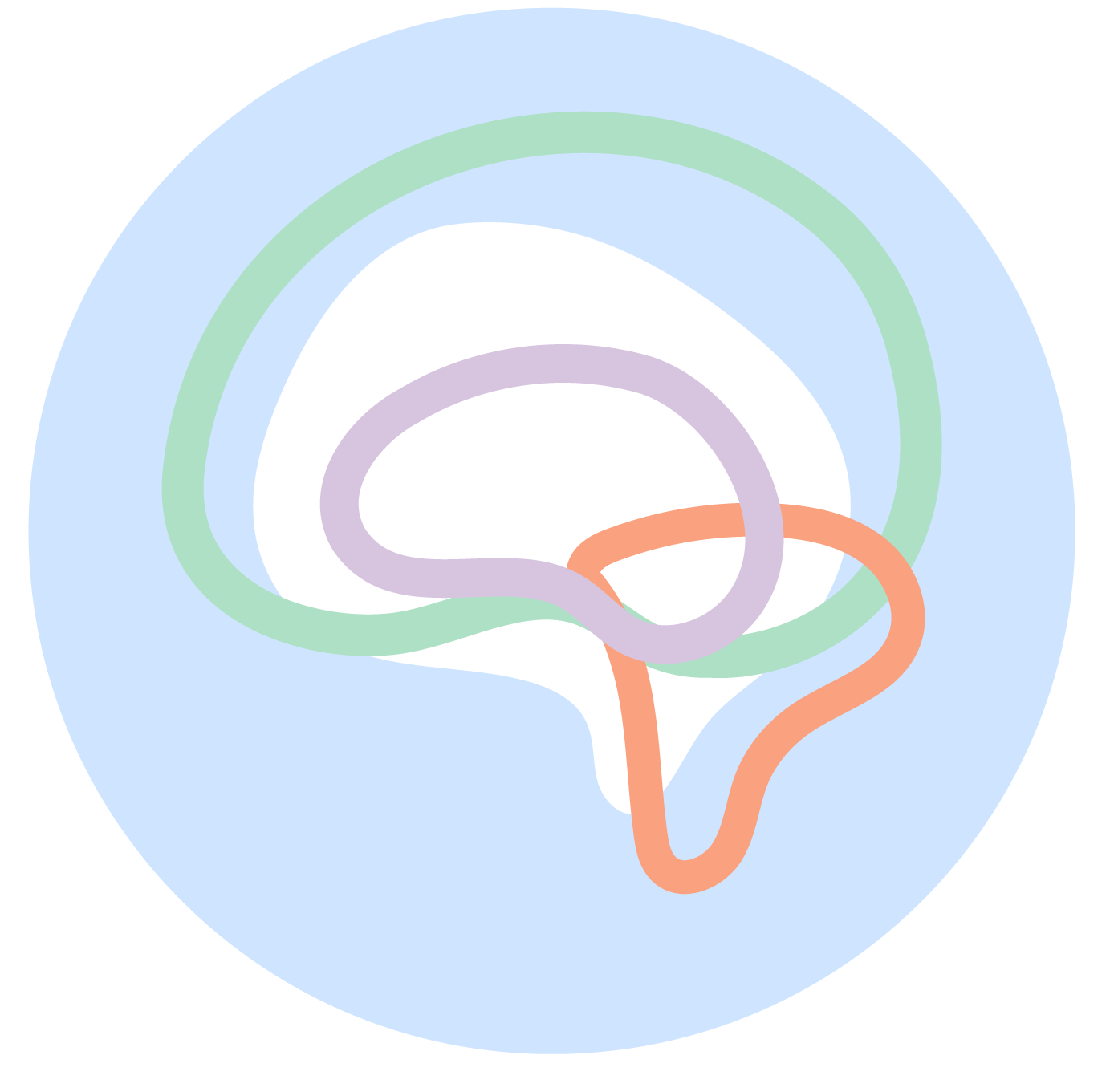
Eating Disorders
Resources
Over 29 million Americans experience an eating disorder in their lifetime.
The month of February is Eating Disorders Awareness Month. My Good Brain is proud to partner with The National Alliance of Eating Disorders (The Alliance) to encourage parents to engage in conversations with children and teenagers about their relationship with food.
NOT ONE MORE! is a weekend built on the pillars of what The Alliance does: Help. Support. Recovery.
From February 24th to February 26th each year, NOT ONE MORE! helps raise awareness and offer direct support to individuals and families across the country. You can learn more NOT ONE MORE! on their website!
We encourage you to stay informed about navigating the warning signs and impact of eating disorders all year round, beyond the month of February. Use the resources on this page to support youth with healthy habits, conversation starters, and reading materials to kickstart a positive path to recovery at home and in the classroom.

What is an eating disorder?
Eating disorders can happen to anyone, and contrary to what many people think, it is not tied to how a person looks externally. You could have an eating disorder with normal weight or while being overweight or underweight.
According to The Alliance, an eating disorder is a mental health condition that taints how a person looks at and consumes food, ultimately disrupting their normal eating behavior. These disruptions include eating less than what the body needs, compulsively overeating, or having unhealthy obsessions with one’s body shape and weight.
A majority of those with eating disorders in the US are between the ages of 12 to 25 years old. During the pandemic, the number of adolescents hospitalized due to eating disorders doubled. There are three types of eating disorders:
Anorexia nervosa: categorized by weight loss or maintenance by extreme dieting, starvation or too much exercise.
Binge eating: categorized by frequently consuming an unusually large amount of food in one sitting.
Bulimia nervosa: categorized by symptoms of purging, taking laxatives, exercising, or fasting to avoid weight gain.
A quick introduction to
eating disorders
Everyone has a different relationship with food, to some it is a comfort and a delight while for others it’s been associated with negative connotations. It poses a serious risk to people’s daily lives, being one of the common mental health disorders. In this blog, we dive into what eating disorders are, common causes, and how it impacts individuals.
Eating disorders during the pandemic
Eating disorders are already known to be a prevalent disorder amongst adolescents. However, over the course of the pandemic, eating disorder rates have increased even further amongst teenagers. We would love to share some insight on how to look out for symptoms and protect your teen.
Understanding eating disorders in young athletes
A study found that 35% of female and 10% of male college athletes were at risk for anorexia nervosa and 58% of female and 38% of male college athletes were at risk for bulimia nervosa.
Young athletes are at increased risk of developing eating disorders because of the pressure to perform and a strong emphasis on physical appearance and output. Excessive scrutiny from coaches, judges, peers, and the general public can lead to unhealthy diets, excessive exercise, and distorted body image.
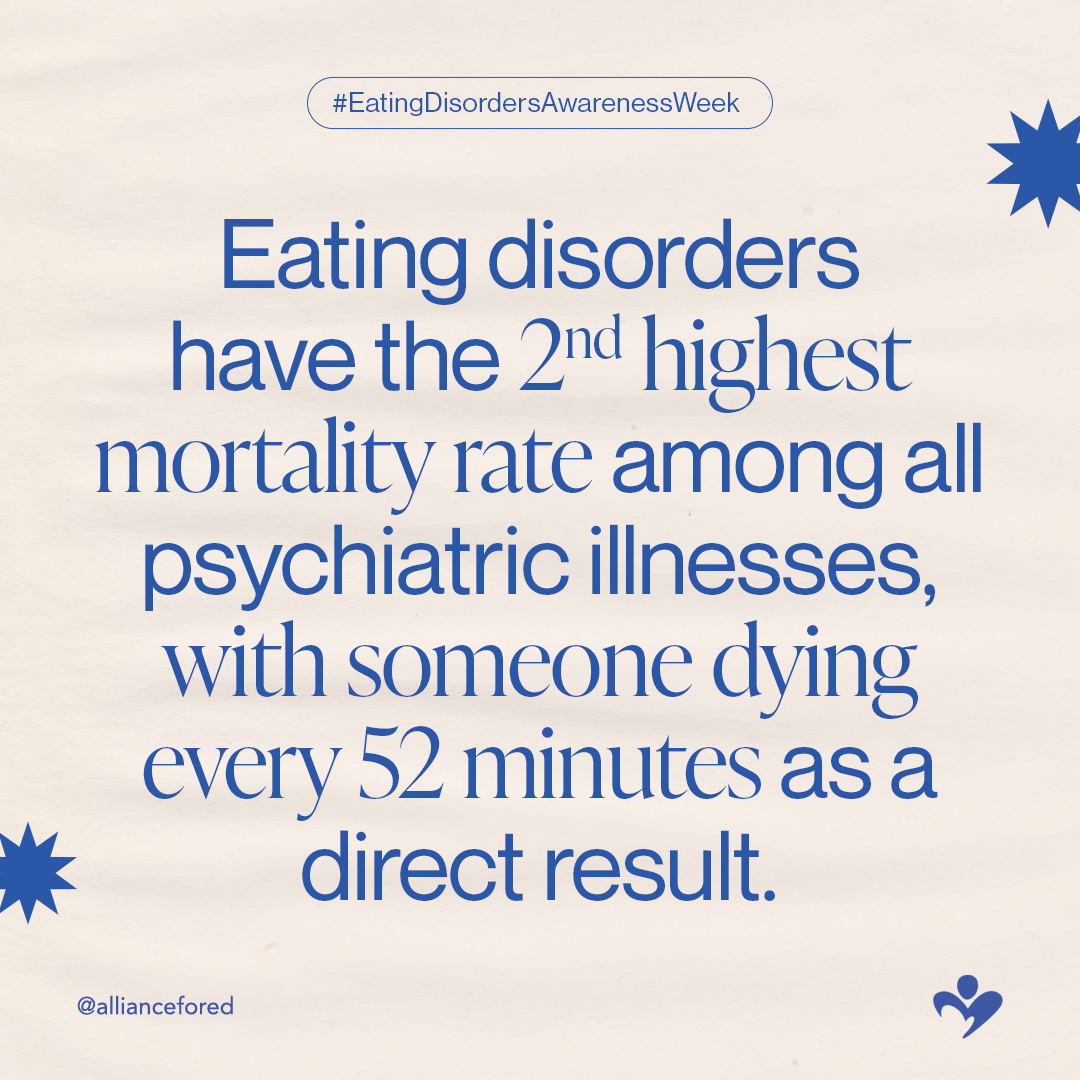
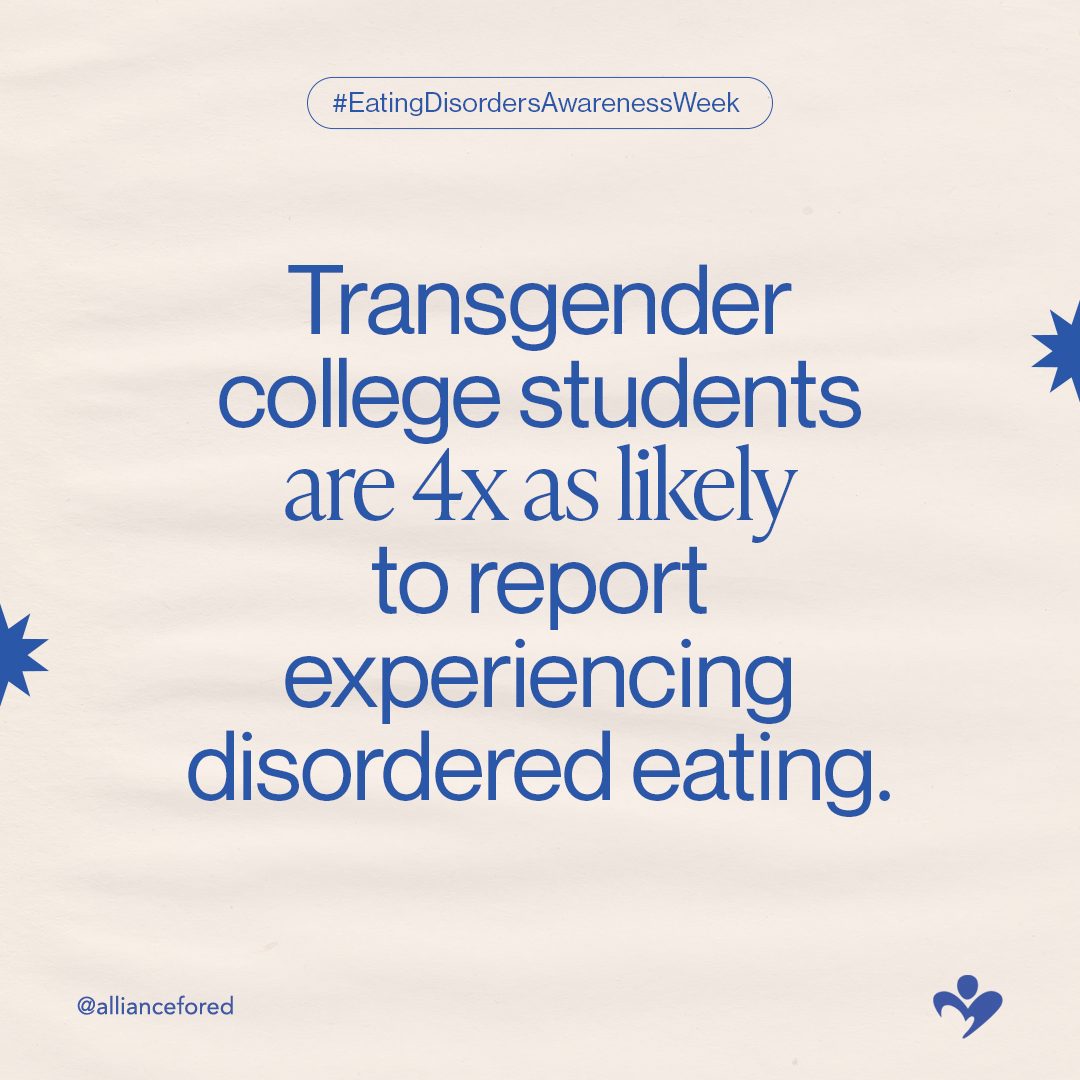
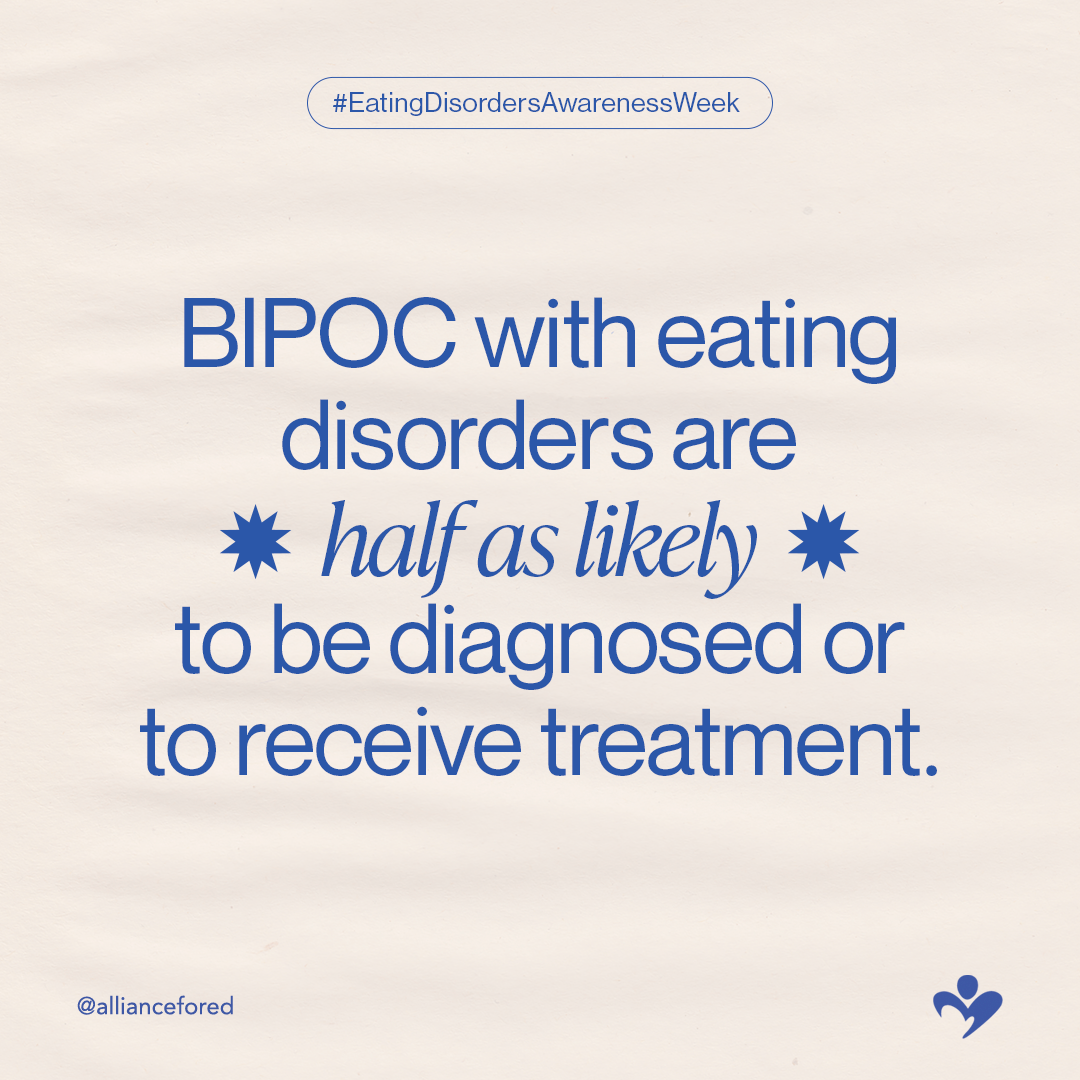
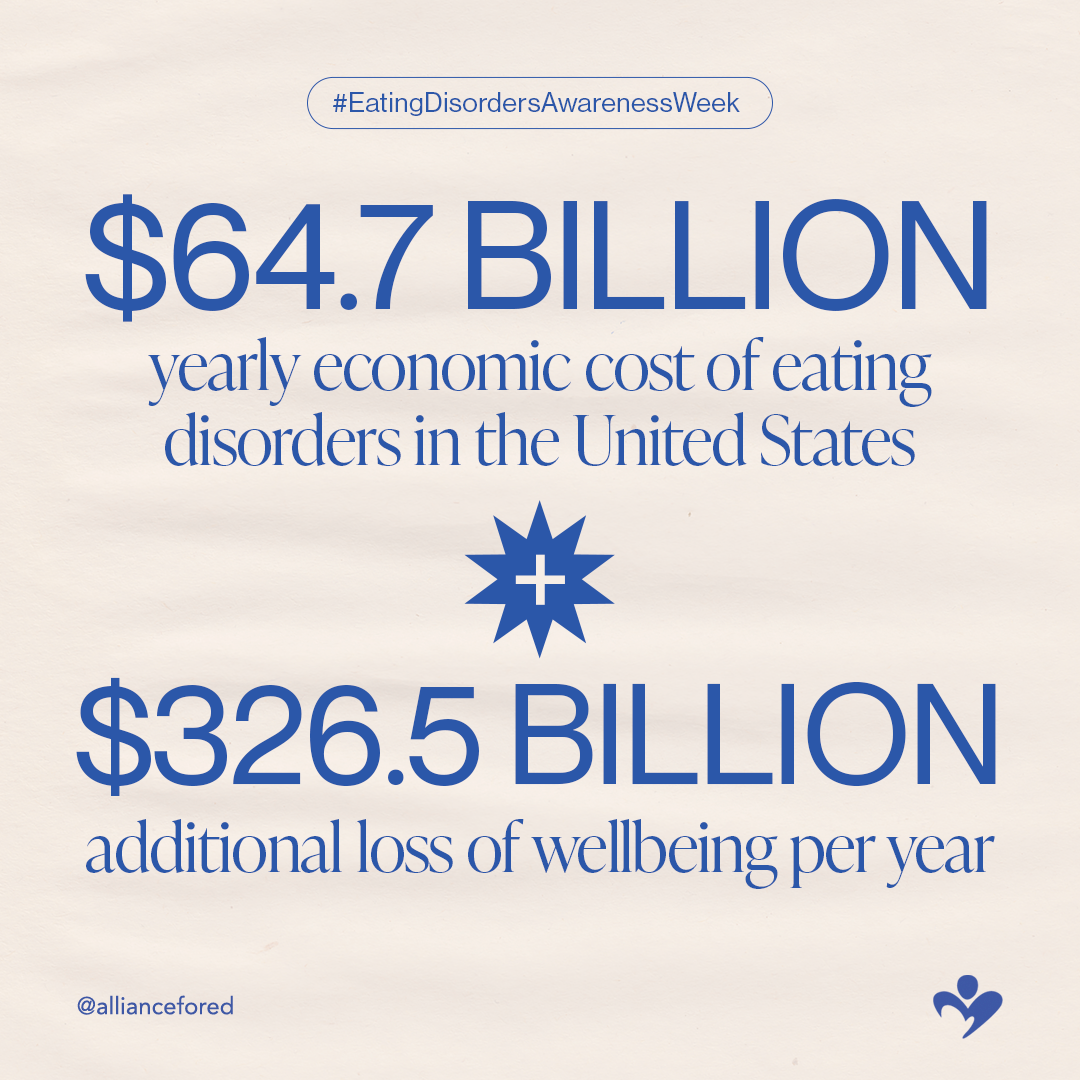
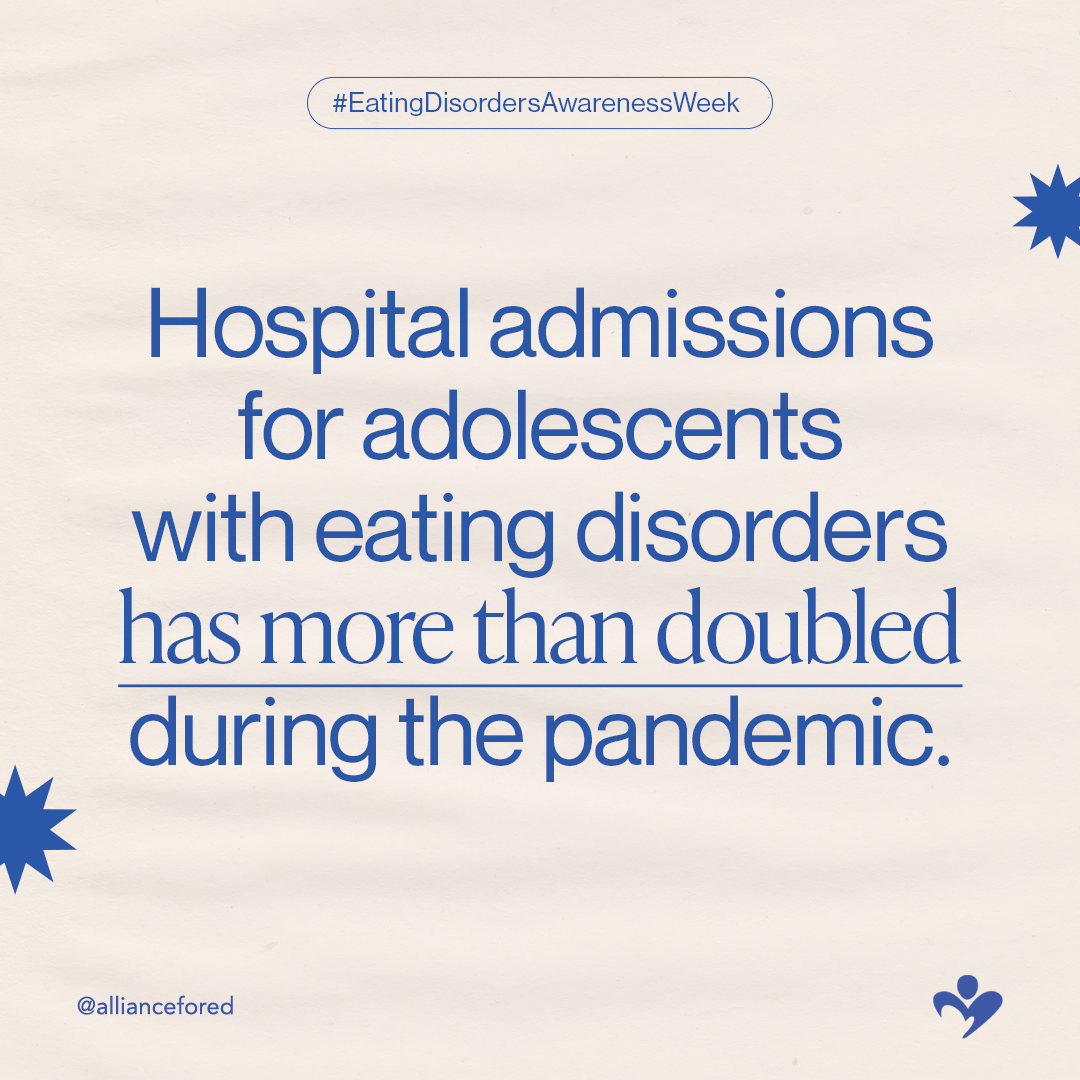
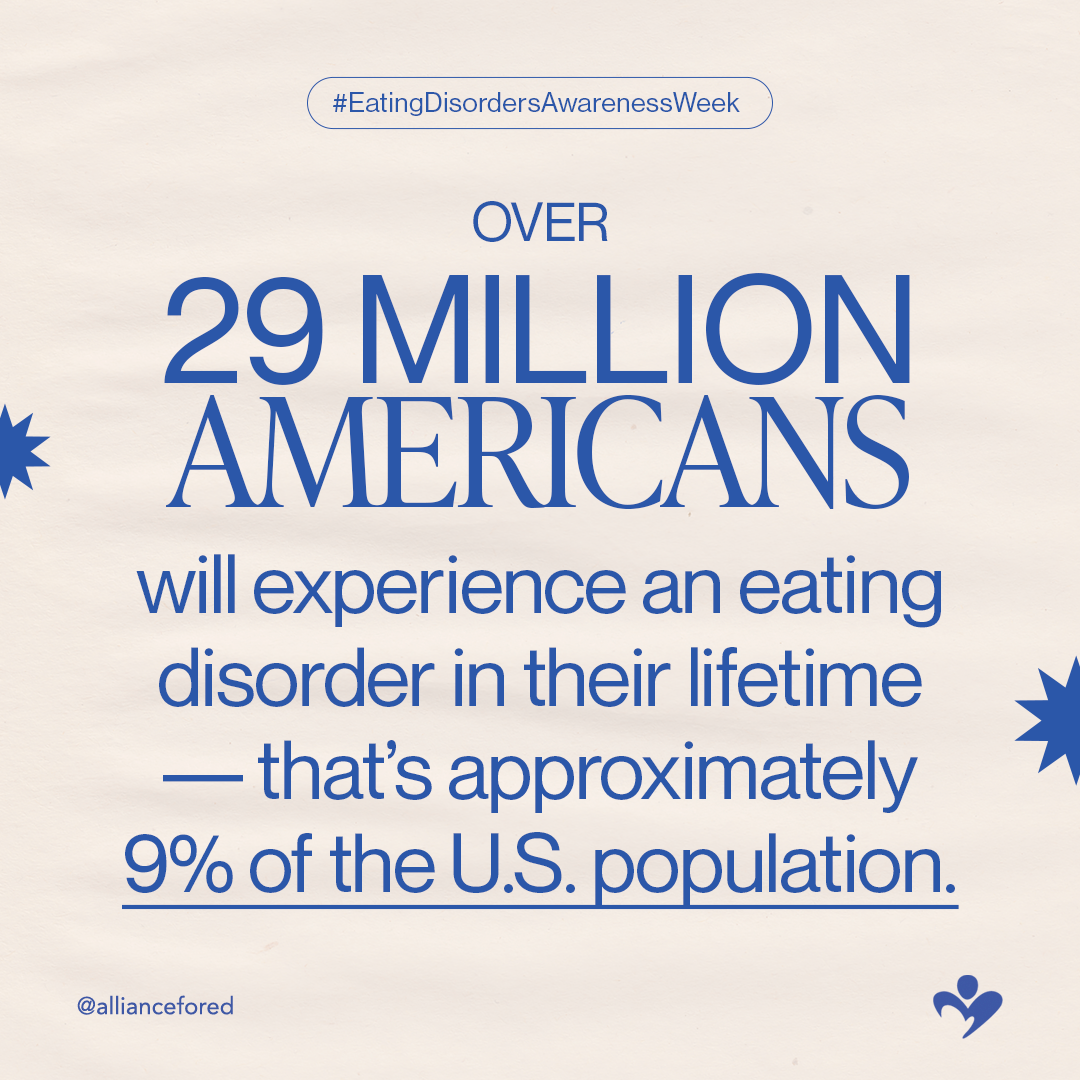
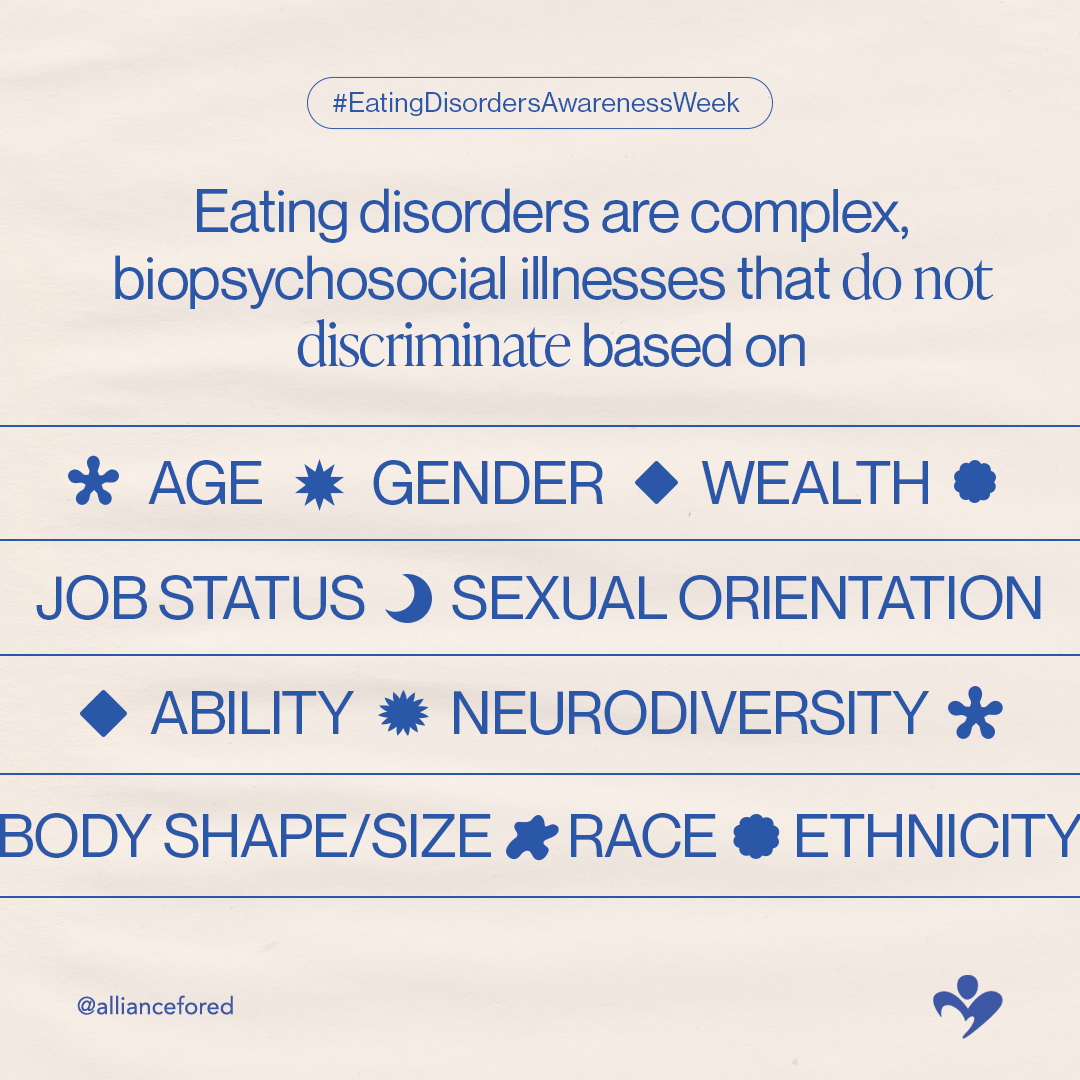
In The News
-
'I couldn't stop.' The pandemic is triggering eating disorders in our children
-
More kids are being hospitalized for eating disorders — researchers learned why
-
Cultural expectations and social media compound this silent epidemic.
-
Cyberbullying may cause disordered eating in younger teens

Learning materials
A brochure by the National Institute of Mental Health (NIMH) about the common eating disorders anorexia nervosa, bulimia nervosa, and binge-eating disorder, and various approaches to treatment.
Eating Disorders: About More Than Food
Eating Disorders in Teens and the COVID-19 Pandemic
A helpful infographic on how the pandemic triggers disordered eating, warning signs, and ways to help.
A blog post by the National Alliance on Mental Illness (NAMI) on how to support teens with disordered eating.
Teen Athletes and Risk for Eating Disorders
An infographic by Walden Behavioral Care on the risk factors for teen athletes in developing eating disorders.
Signs of an Eating Disorder
An explainer video for families looking to identify behaviors that might signal an unhealthy relationship with food and eating.
Help your child eat with trust, not logic: the bungee jump
Practical tips for parents to help children eat based on a bungee-jumping analogy. The goal of this exercise is to help parents inspire trust instead of using logic to say the right things.
Mealtime coaching: what to do when my child is stuck, not eating?
A 20-min video that outlines various approaches to make the right decision in different situations in which a child is not able to finish a meal. This offers strategies that can be applied to children of all ages. Find a full list of related video and audio resources here.
Eating Disorders: What to Do When Your Teenager Is at Risk
F.E.A.S.T. FAMILY GUIDES
A booklet for families with an eating disorder diagnosis in their household. These booklets are available on the F.E.A.S.T. website in six different languages.

Help Is Available
-

Reach Out
Help is always available, and you don’t have to struggle alone. Visit The Alliance website or call (866)-662-1235
